Introduction
Everyone hopes they'll never find themselves in a self-defense situation, but carrying a reliable tool is important for personal safety. The two main categories of defensive blades are fixed blade knives and folding knives.
This article will compare and contrast fixed blade and folding knives for self-defense to help you determine the best option for your needs.
Fixed Blade Knives
A fixed blade knife is one with a blade that does not fold or retract, remaining exposed when sheathed in a scabbard or sheath. Fixed blades offer several advantages for self-defense:
- Strength and durability. Fixed blades are typically thicker and more robust than folding knives. They can handle heavy-duty tasks and hard use without breaking.
- Quick and easy access. Fixed blade knives can be drawn quickly from a sheath for immediate use. There are no locks or actions to manipulate.
- Versatility. Fixed blade knives can be used for stabbing, slashing, chopping, and other defensive techniques. Their exposed blades give you more options in a confrontation.
However, fixed blade knives also have some significant drawbacks:
- Size and weight. Fixed blade knives tend to be bulkier and heavier than folding knives, making them more difficult to carry.
- Legal restrictions. Fixed blade knives are illegal to carry in some areas due to their size and the perception of them as more aggressive weapons.
- Concealment challenges. The fixed blade and handle of a fixed knife print through clothing and are hard to hide. This can deter concealed carry.
- More EDC options here.
Folding Knives
A folding knife has a blade that pivots on a hinge or joint and folds into the handle when not in use. Folding knives provide some advantages for self-defense:
- Compact and lightweight. Folding knives are pocket-sized and easy to carry discreetly. Their blades fold away into the handle, so they are more portable than fixed blades.
- Easy to conceal. When folded, a folding knife is compact and pocket-friendly. The blade is hidden within the handle, allowing for effective concealed carry.
- Often legally permitted. Folding knives with blades under a certain length, commonly 3 to 4 inches, are legal to carry in more places than fixed blade knives.
However, folding knives also have significant limitations for self-defense:
- Slower deployment. Folding a blade out requires an extra step that can cost time in a confrontation. Fumbling to open a folding knife could put you at a disadvantage.
- Generally less durable. Folding knife hinges and locks can fail under hard use. The folders are not as robust as fixed blade knives for heavy-duty cutting tasks.
- Limited range of use. Shorter, folding blades restrict the variety of defensive techniques possible. Stabbing and slashing motions may be hampered by a smaller folding knife.

Factors to Consider When Choosing a Self-Defense Knife
The best self-defense knife for you depends on your specific needs, skills, and situation. Consider the following factors when making your choice:
- Personal comfort and skill. Choose a knife you feel comfortable carrying and that suits your ability level. Don't select an overly large fixed blade if you have no training.
- Local laws. Make sure any knife you select is legally permitted to carry and own in your area. Folding knives under 3 to 4 inches are legal most places, while fixed blades may be restricted.
- Intended use. Consider how you will carry and deploy the knife. A folding knife may suit discreet concealed pocket carry. A fixed blade is better for open carry in a sheath.
- Material and build quality. Look for high-carbon steel blades and durable handle materials like G10 that will withstand defensive use. Supportive features like blade locks (in folders) are also valuable.
Tips for Knife Safety and Training
If carrying a knife for self-defense, proper training and safety measures are essential. Here are some recommendations:
- Take a self-defense class. A knife training course will teach you defensive techniques and how to handle a knife under pressure. Look for classes focused on your selected knife type.
- Practice with a training knife. Use an unsharpened practice knife or dummy blade to get comfortable deploying, handling, and sheathing the blade before using a live knife.
- Follow safe maintenance and storage. Keep your knife sharp, clean, and lubricated. Store it securely away from unauthorized access. Take responsible precautions to avoid misuse or accidents.
- Consider non-lethal alternatives first. While a knife can be a viable self-defense tool if no other options exist, non-lethal countermeasures like pepper spray, stun guns, and other deterrents should be considered first. A knife should always be an absolute last line of defense.
More tips about maintaing your fixed blade.
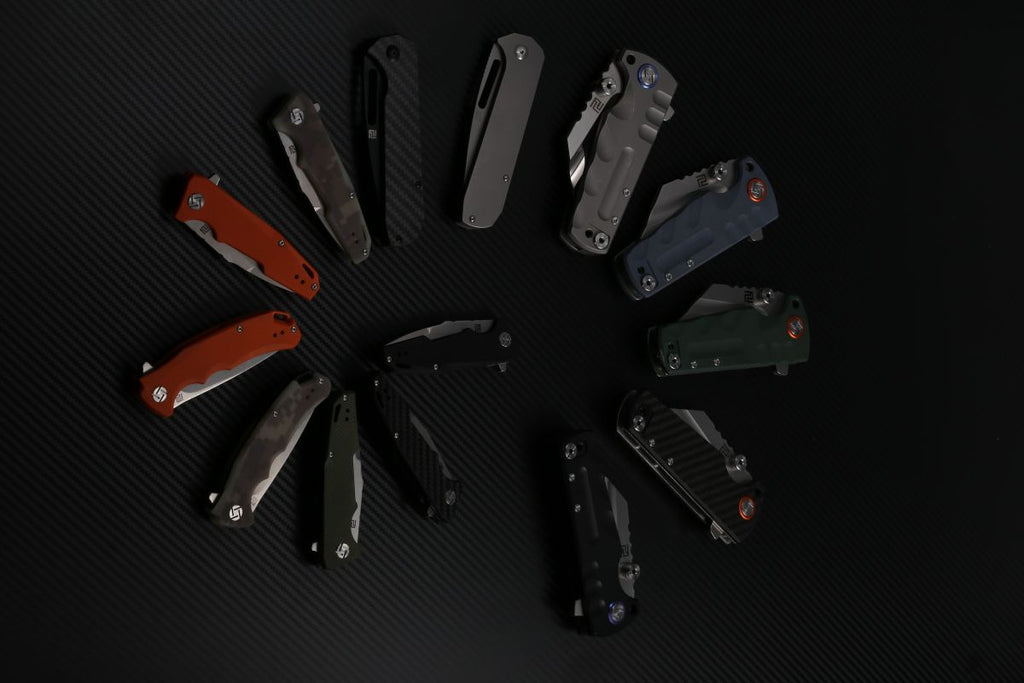
Conclusion
Whether fixed blade or folding, a reliable knife can serve as an effective self-defense tool if the right choice is made for your needs and situation. Evaluate your options thoroughly based on the factors discussed here. With proper safety precautions and training, a knife may be a lightweight but last-resort option for self-defense in case of emergency.
But non-lethal deterrents should always be attempted first before using a blade. Your personal safety is too important not to make the best choice for your self-defense. Know more: Folding Knives vs. Fixed Blades: Guide to Choosing the Right Knife!


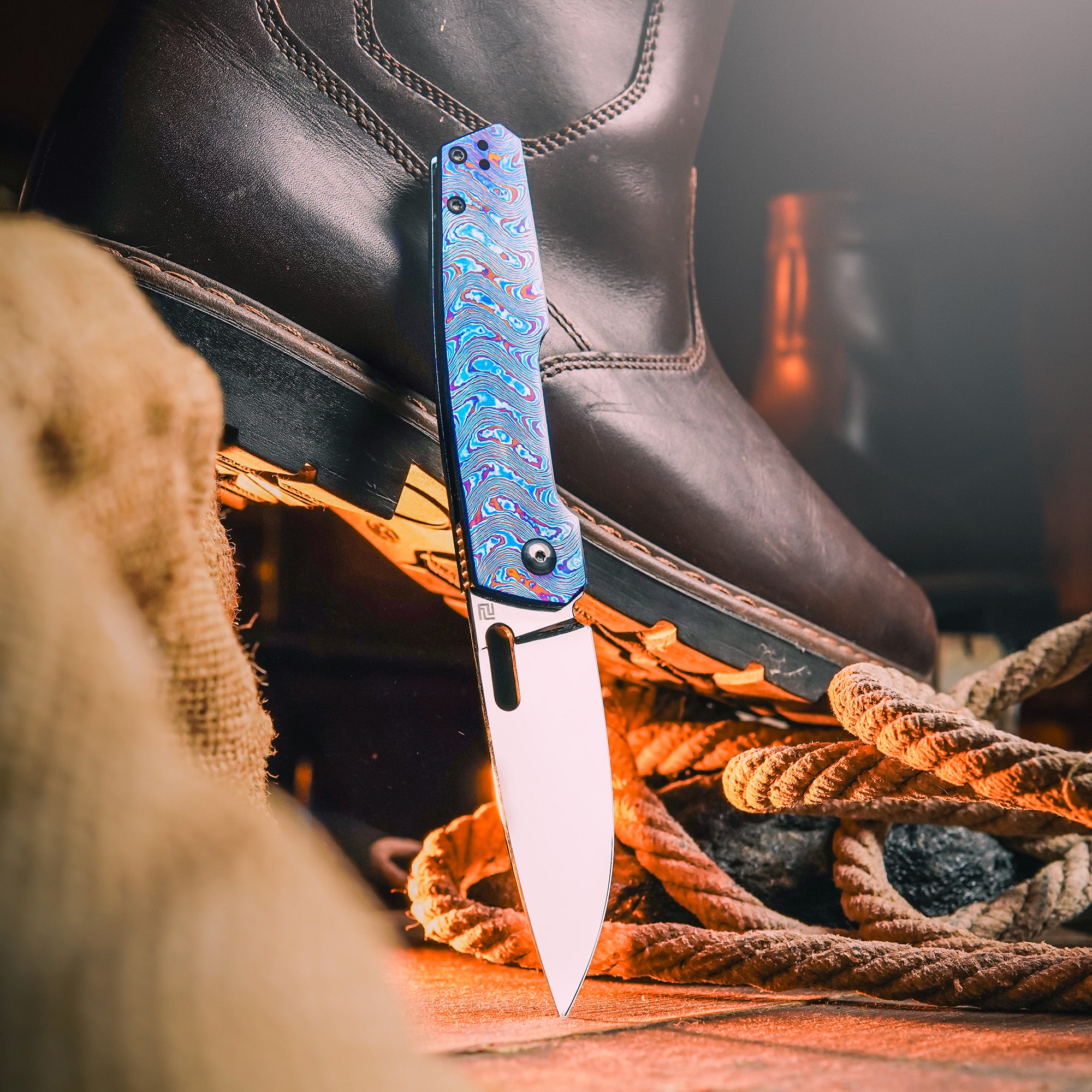
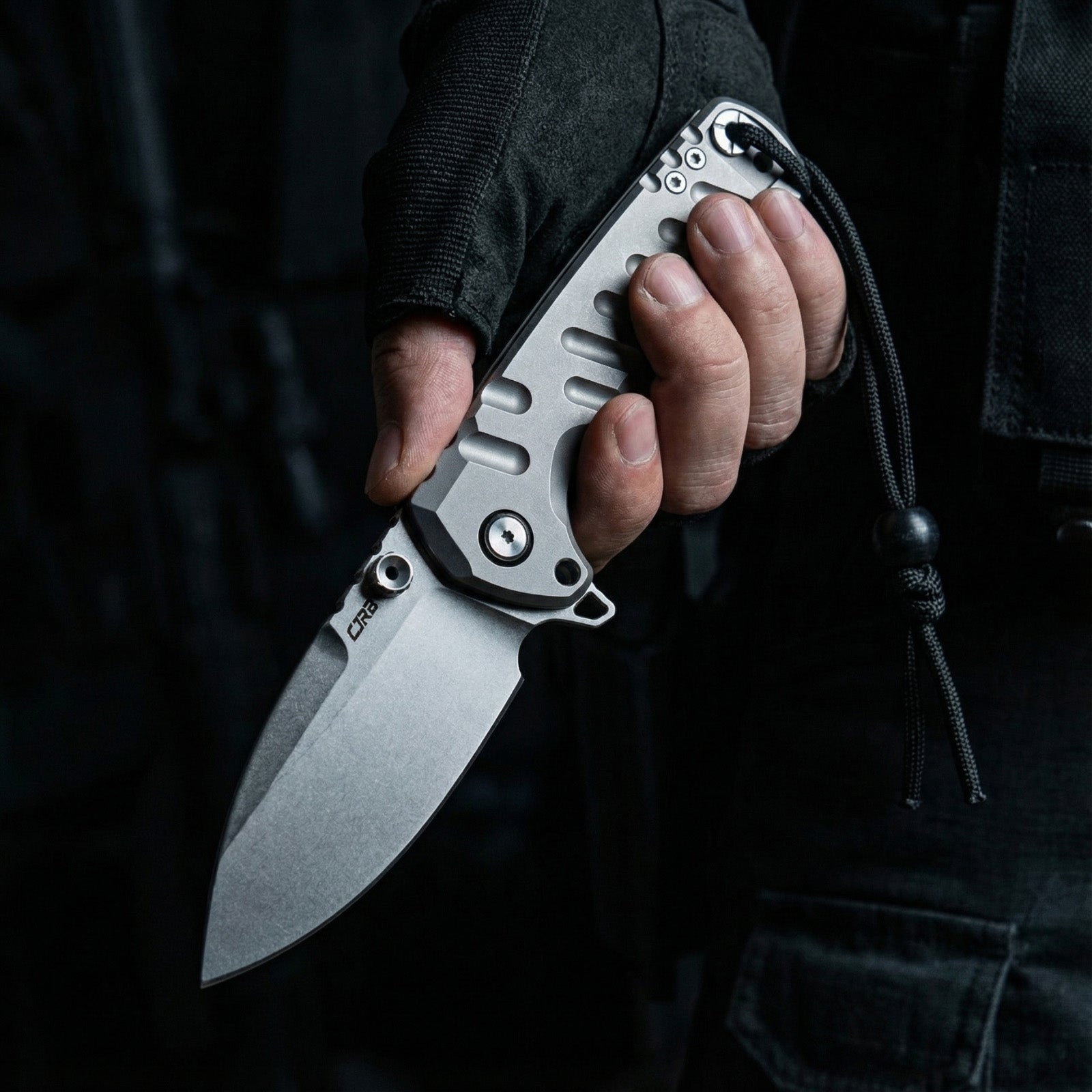
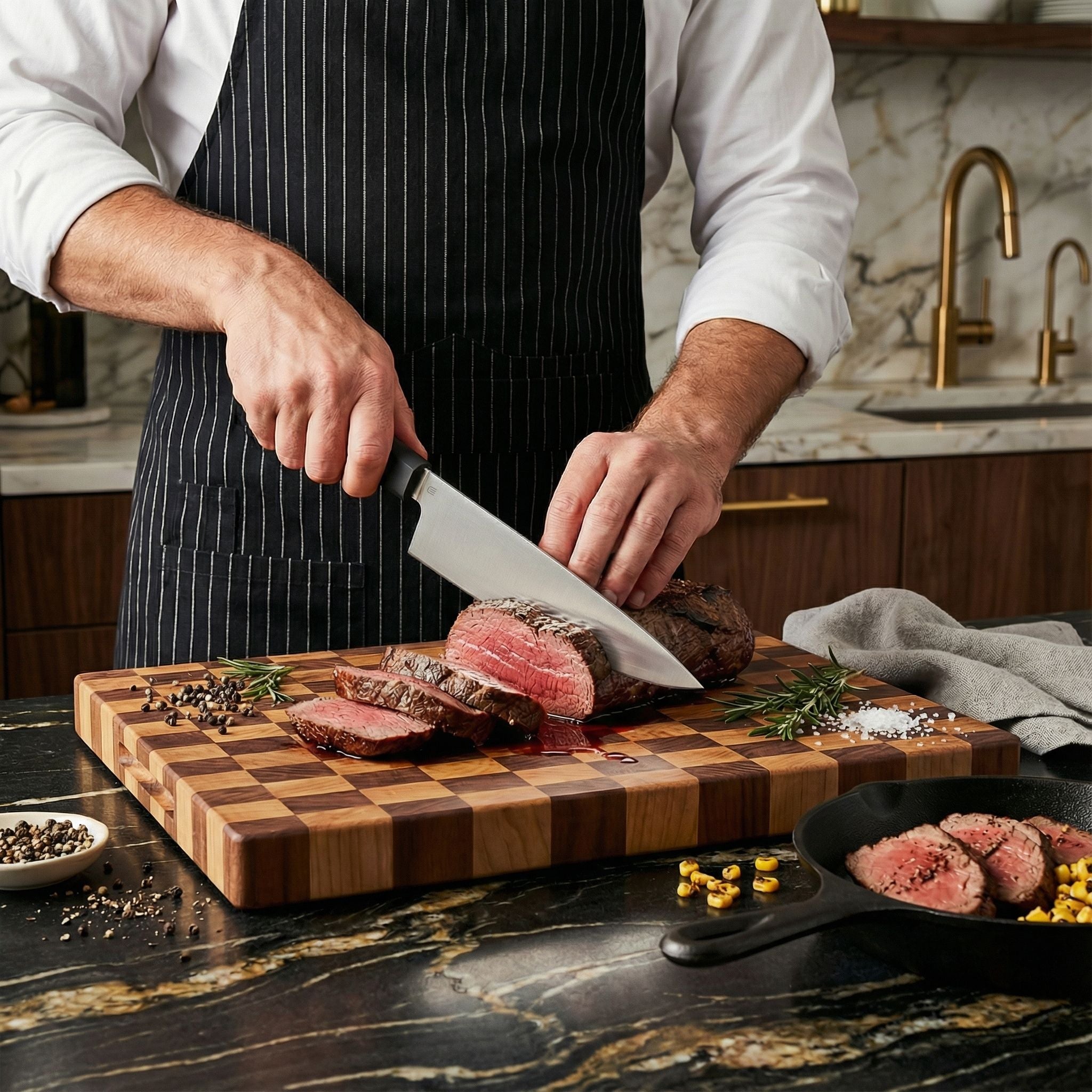

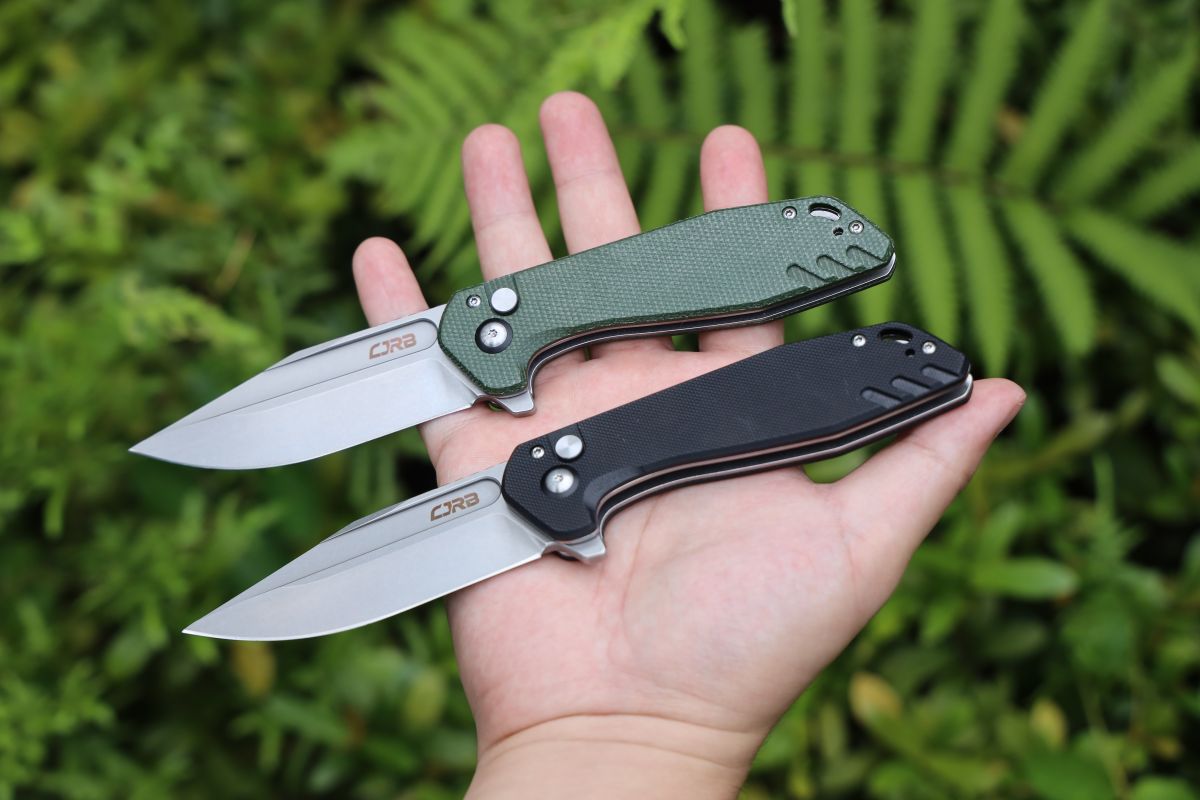



Leave a comment
All comments are moderated before being published.
This site is protected by hCaptcha and the hCaptcha Privacy Policy and Terms of Service apply.